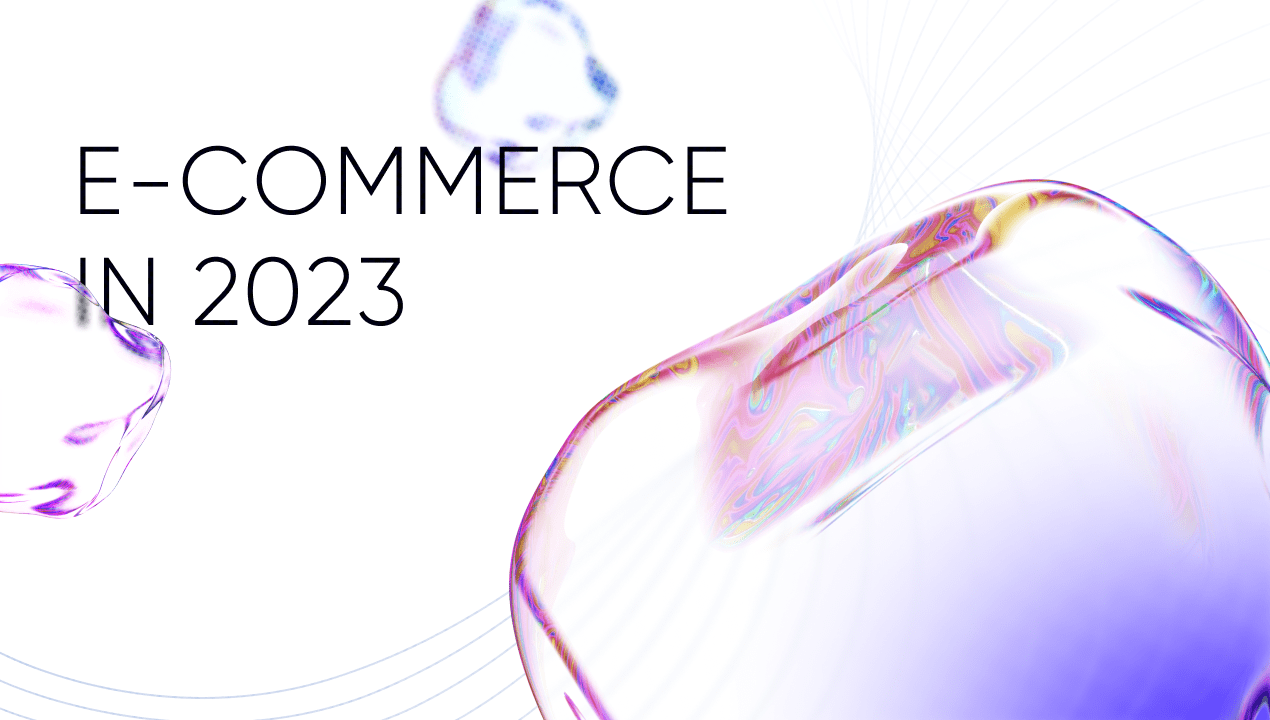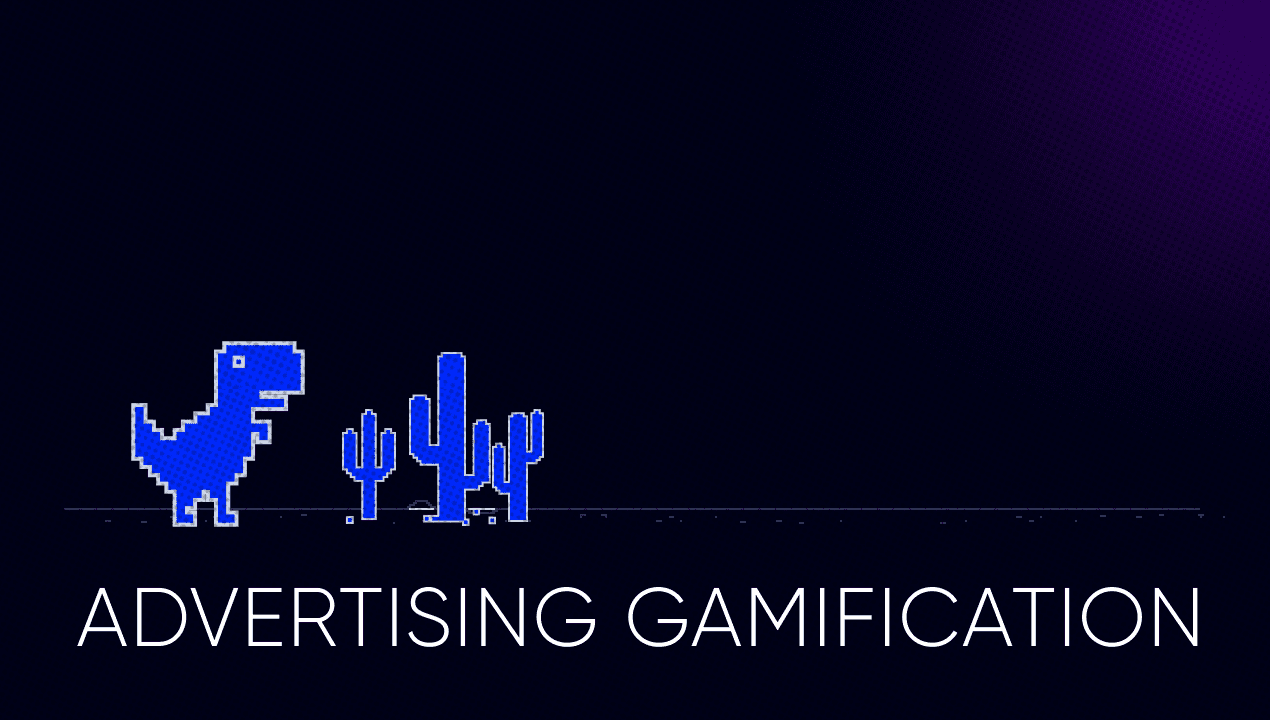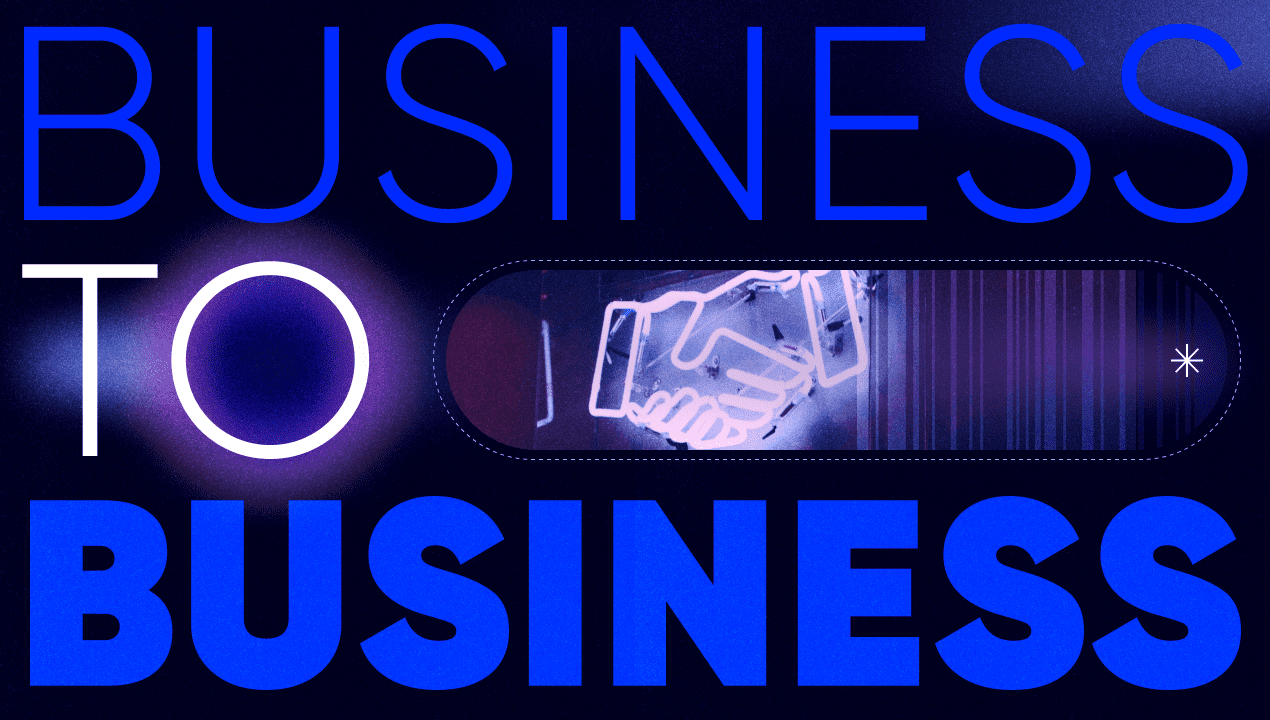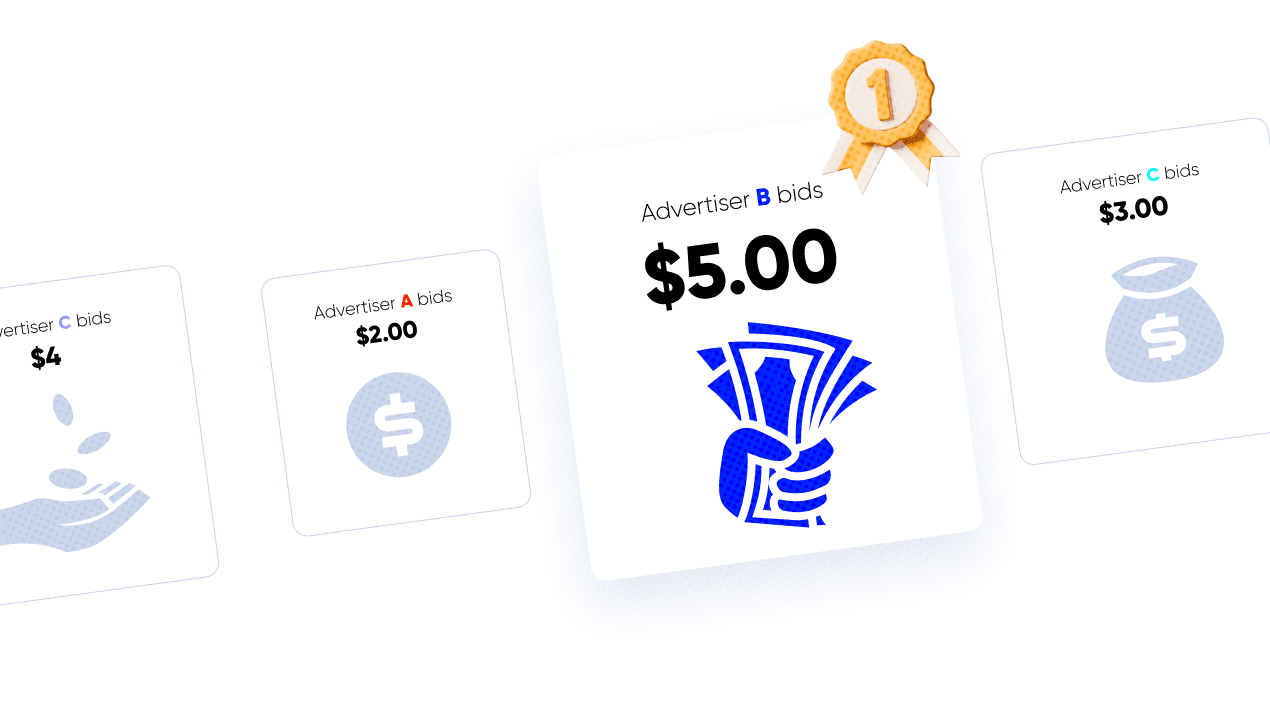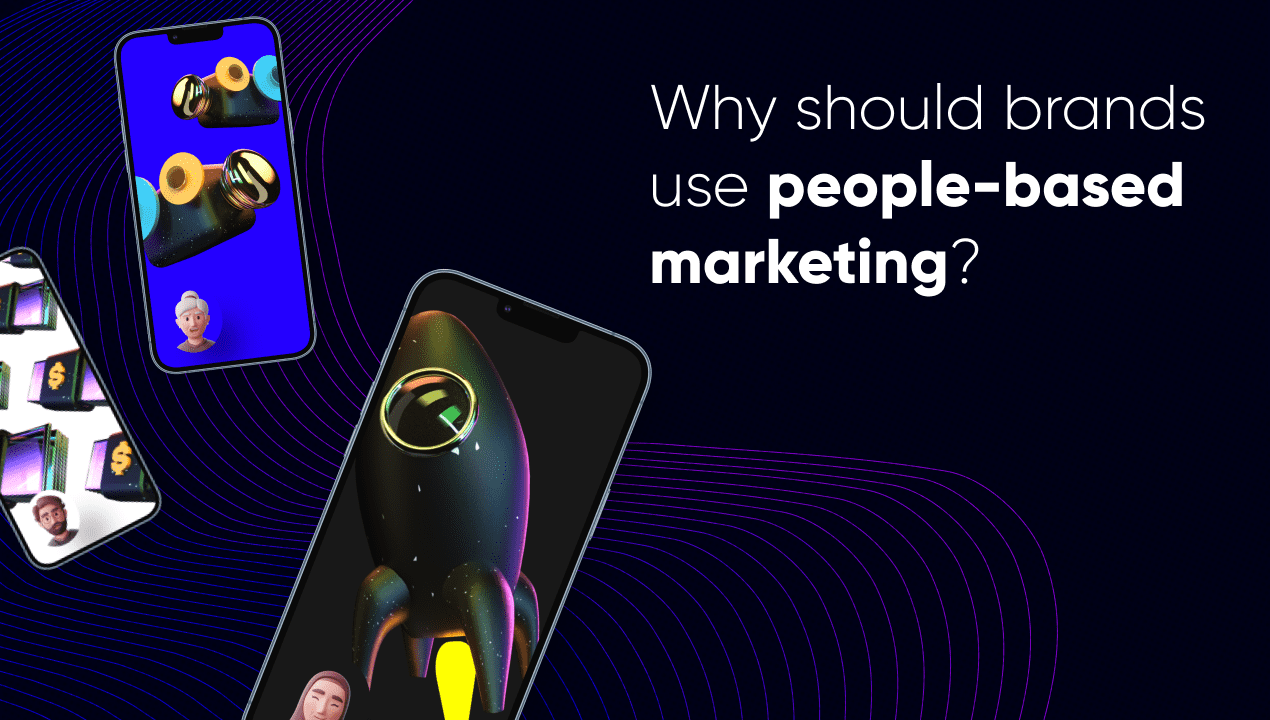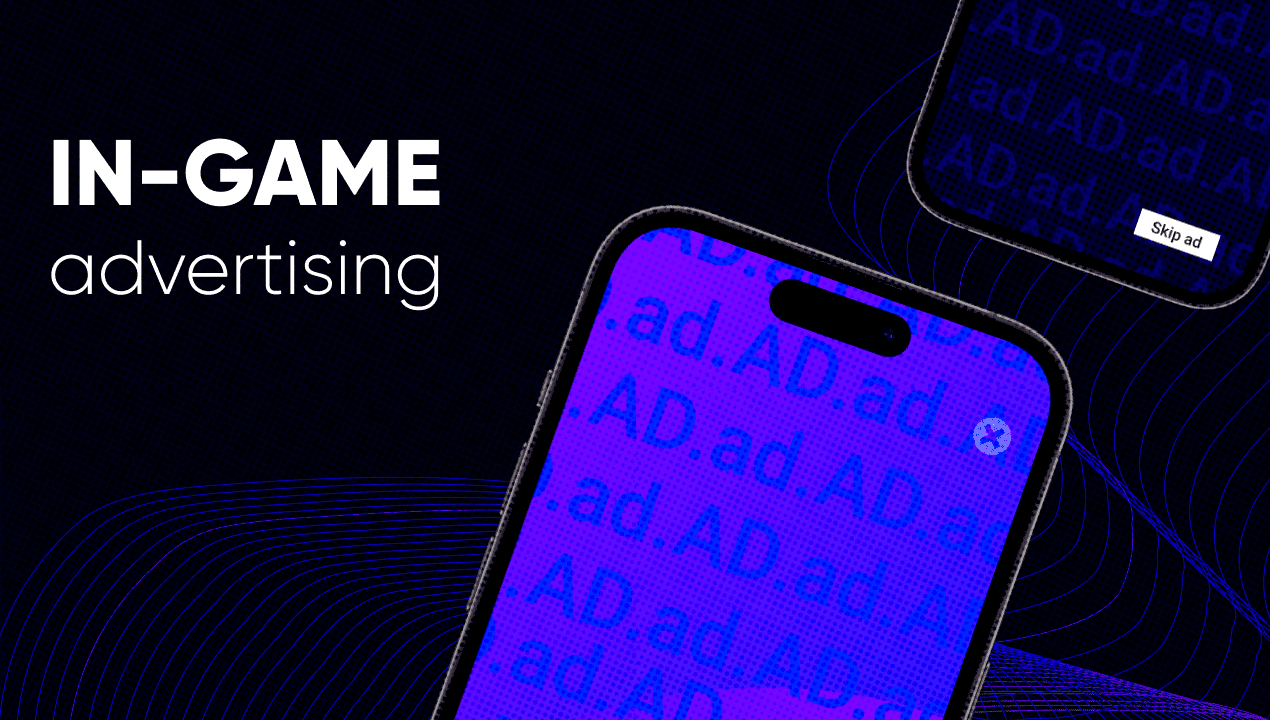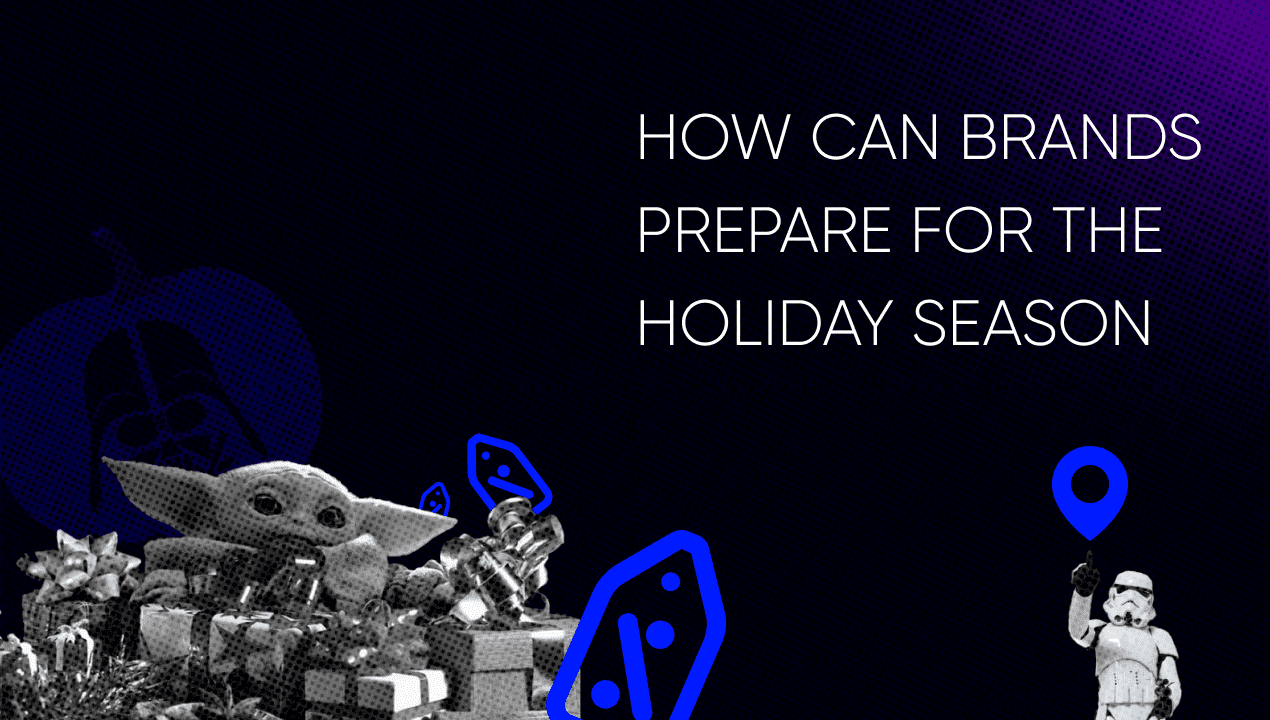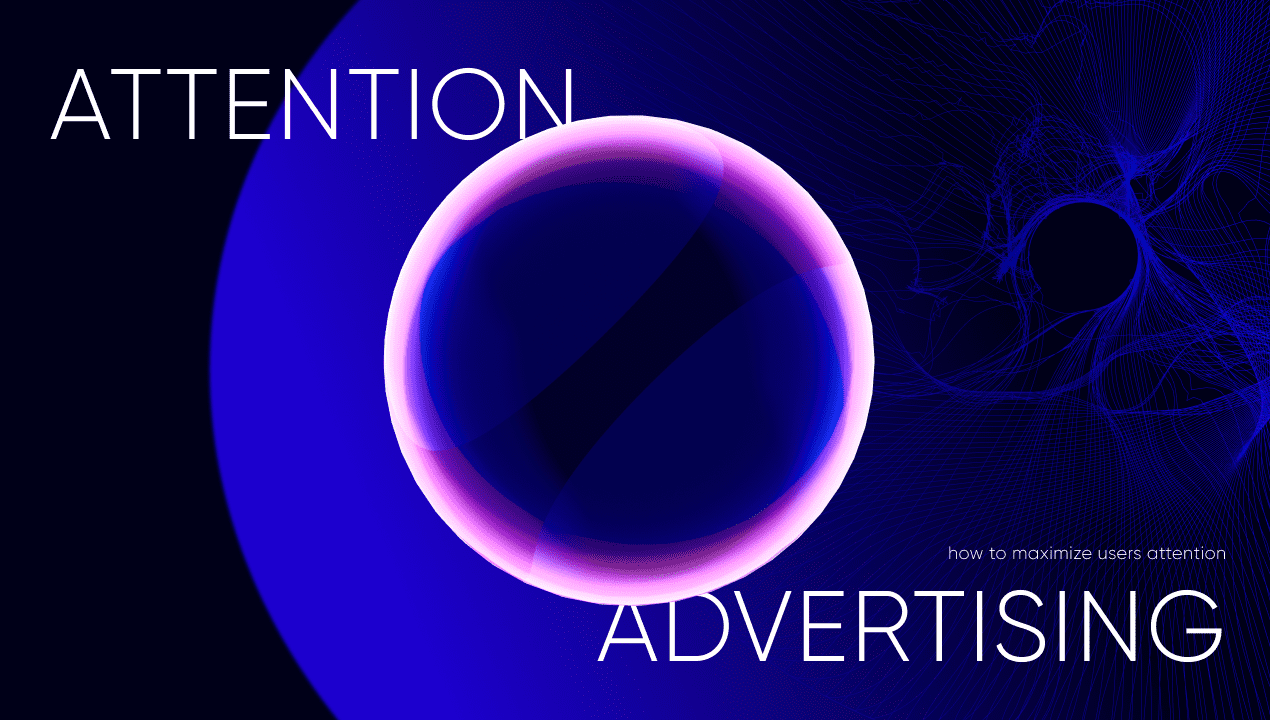
Advertising in Tough Times: How to Communicate Efficiently with Users
- Author: Lizaveta Zhuk
When consumer behavior is constantly shifting, media habits are changing, and a crisis is on the horizon, brands may hesitate to move forward with advertising to interact with their audiences. With these and other worries, marketing in a crisis can be tricky — marketers don’t want to lose consumers because of improper ads as well as decrease profits of brands.
There are many ways to help develop stronger brand strategies and overcome challenging obstacles here in our article.
Don’t Go to The Dark Side
Nowadays, digital marketing is developing and transforming in unprecedented times. It’s easy to stop halfway along the road to success because of fear and suspense. But one thing has remained constant and is more true today than ever: brands need to continue interacting with their audience, and deliver actionable change. What this means is simple: brands could use ads to provide a confident and reassuring boost. Moreover, 81% of users want to continue hearing from brands and companies to find out what they offer.

Source: martechseries
However, brands should no longer use familiar advertising as the simplest and fastest way to achieve brands’ goals. Instead of that, brands should be attentive, keep an eye on their audience, analyze data, and reflect the real-world experiences and events that surround them. That can help them evolve, provide value to potential customers, and deliver high-impact advertising messages.
Focus on Retaining Existing Customers
Most global brands have comprehensive strategies of ad campaigns that they launch for attracting new consumers year after year. But that’s not all it takes to develop an effective marketing strategy, and that is one of the main mistakes brands make. In order to improve their marketing strategy, brands need to evaluate what their advertising campaign represents: Does it include interacting with existing customers? Does it provide a brand’s value for them?
Churn is one of the main enemies of brands, and one of the best ways to avoid it is to ensure brands focus on existing customers in brands’ ad campaigns. It has a valuable point, especially considering that retaining existing consumers is 5 to 25 times cheaper than attracting new ones.

Source: freshchat
So, focusing on customer retention can help brands grow, define success in the long term, and increase LTV. Brands can use their first-party data from CRM-systems to interact with “old” customers in advertising campaigns. Through such types of ad campaigns, brands can tell them about actual offers, discounts, and so on.
Use Data to Become Stronger
Consumer behavior and media habits are constantly changing. Maintaining a consumers-centric strategy and understanding who brand customers are, what they want, how they shop, and what they buy can help brands garner trust and increase loyalty among the brands’ current customers who are essential for profit.
Nowadays, we live in a data-driven world. So brands should use the benefits of that to boost their performance and improve interaction with their audiences through advertising. To get more from data, brands shouldn’t stop with a wide audience. Breaking down the target audience into customer segments grouped by key points can boost brand performance more.
Moreover, brands can use their data from CRM-system and activate it to improve reach and targeting in their advertising campaigns. Continuing to expand and use CRM data will help personalize advertisements and deliver relevant messages that would resonate with customers along the buyer journey.
Use the Power of Artificial Intelligence
As different markets and industries around the world find new ways to promote their services to users, the goal will be to stay relevant through the ups and downs. Those who most attentively keep an eye on the target audience, and analyzes user behavior and preference will be more efficient in the race for user attention.
Unfortunately, marketers can’t analyze a large amount of data in real time. But artificial intelligence can help brands do that. For example, using programmatic technology for advertising campaigns, they will be able to deliver their messages to the right users at the right moment because AI analyzes data in real-time and catches behavior signals to show ads to the high-intent users. (Learn more about programmatic here)
Moreover, AI-powered optimization can help not only achieve your results, but also decrease cost per action. By boosting performance at a lower cost or even relocating budget to the most efficient channel or format, brands may be able to provide savings for business that can extend far beyond advertising efforts.
Omnichannel Strategy inBoosting Brand Performance
Users may see a banner ad, visit a website to learn more about products and company, watch videos, add items to cart and visit a price comparison website to check optimal prices and more. The entire customer journey isn’t linear nowadays and is different for each consumer.

Source: mediapost
However, one of the main tasks of marketers is to follow brand customers wherever they go, whatever they do, whenever they interact with brands, and make this interaction seamless. Especially considering that most Gen Z customers increasingly evaluate brands and retailers on the seamlessness of their experience.
A full-funnel omnichannel approach across a variety of platforms and channels can help provide a cohesive experience to brand customers — the right mix of channels and formats, acquisition and engagement no matter where they are on the sales funnel stage can boost brand performance.
Drive Engagement and Value
Effective communication with the target audience takes more than surface-level interactions. To position brands for long-term success, consider how brands can improve providing value and engagement for potential customers, or even develop a new strategy to do that for boosting performance. One way to do that is to use several ad formats or ad creatives for each sales funnel stage.
Building stronger emotional engagement and providing value gives greater potential to further drive brand equity than promoting product superiority, which runs the risk of being disconnected from how people are thinking and feeling.
In Conclusion
Advertising in crisis may seem like floundering in uncharted waters looking for connections with the target audience. No one brand wants to rub their consumers the wrong way with an incorrect ad campaign. So before launching, brands should step back and think about the most efficient way to market their business during a crisis. Otherwise, even with multiple approaches and technologies to choose from, brands can invest in the wrong ad channels or formats, and quickly throw ad budgets down.
Read also







